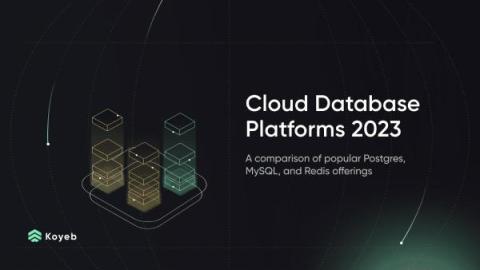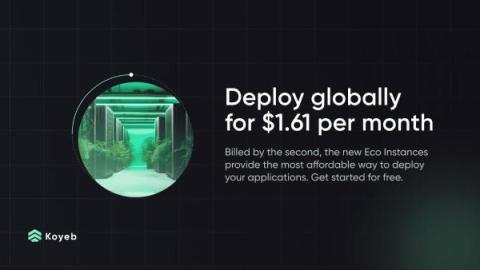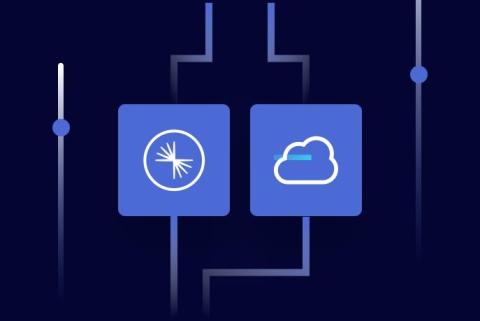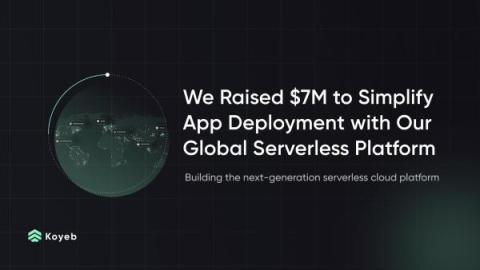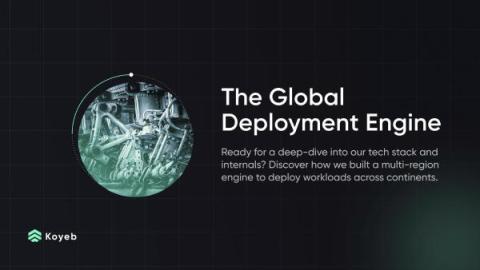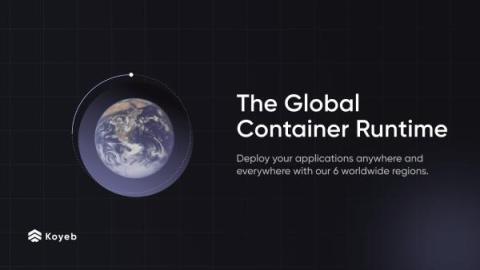Which Cloud Database Platform to Choose for Your Applications
If your application needs persistent data, you are going to need a database. Easier said than done because managing a database can be a challenge. Not only do you need to set up, maintain, scale, and patch databases, but also you need to create strong backup policies, ensure sharding and replications. Long story short, managing a database is time-consuming and requires a dedicated and skilled team, which is why people opt for managed databases, sometimes referred to as DBaaS or Database as a Service.


